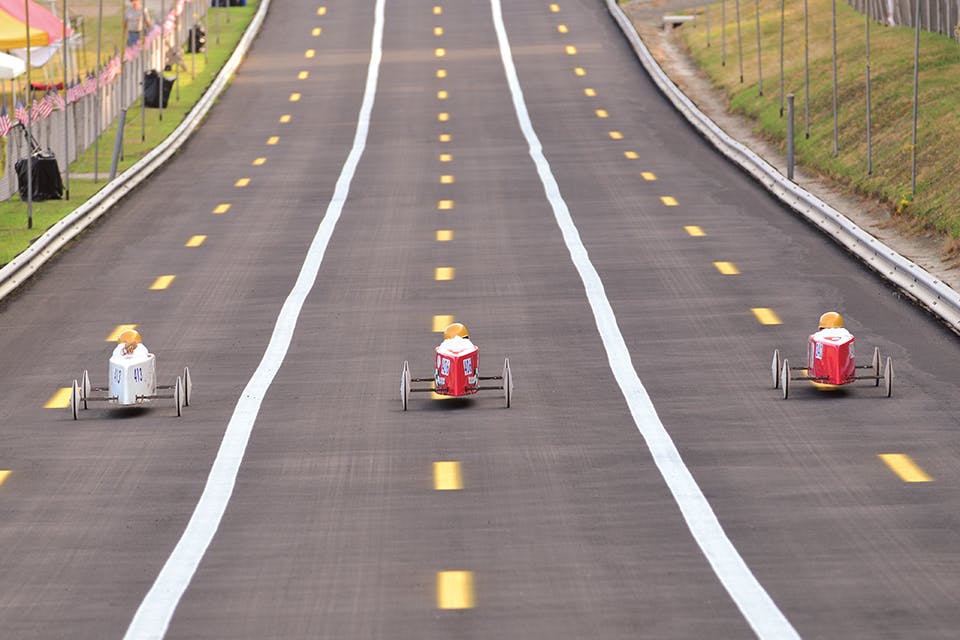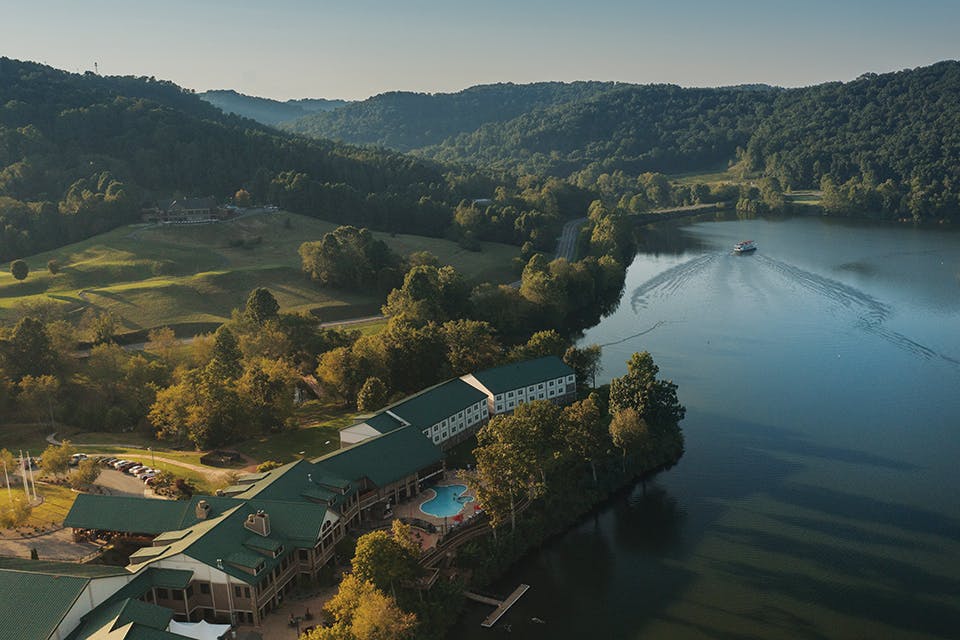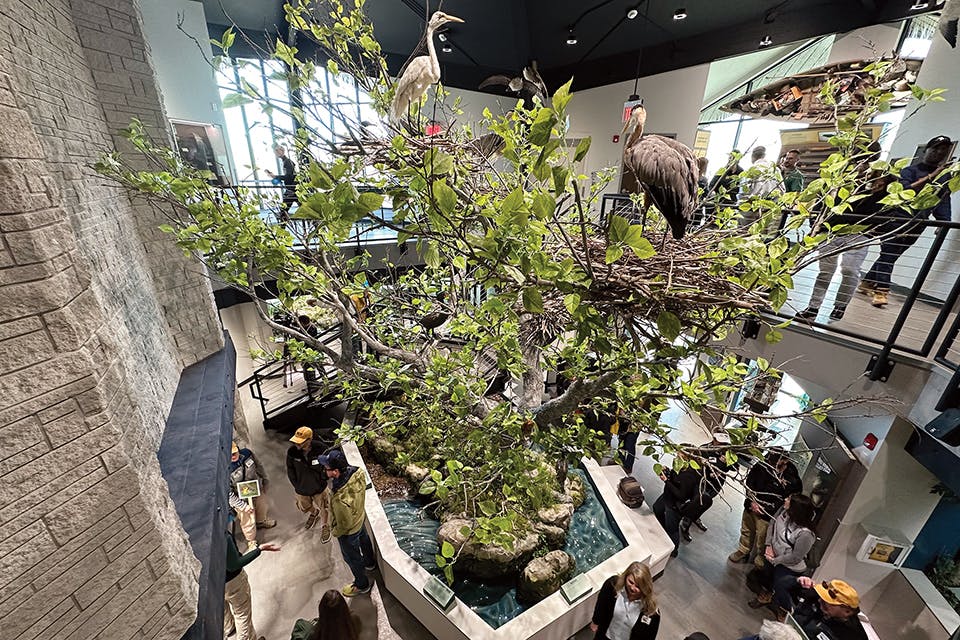Ohio Life
My Ohio: Wild Reminder
A column of frozen water serves as a lesson in the unpredictability of nature.
Related Articles

11 Summer Stops in Akron and Summit County
With a great mix of downtown attractions and nature to explore, the Rubber City and the area surrounding it offer plenty of summer fun for the family. READ MORE >>

4 West Virginia Resorts to Stay at this Summer
These four Mountain State destinations help travelers embrace the outdoors, whether you want to enjoy a day on the lake, play a round of golf or take on rushing whitewater. READ MORE >>

Step Inside the Revamped Magee Marsh Visitor Center
The makeover of the former Sportsmen’s Migratory Bird Center provides outdoor lovers a fresh look at our state’s prized bird-watching destination. READ MORE >>

